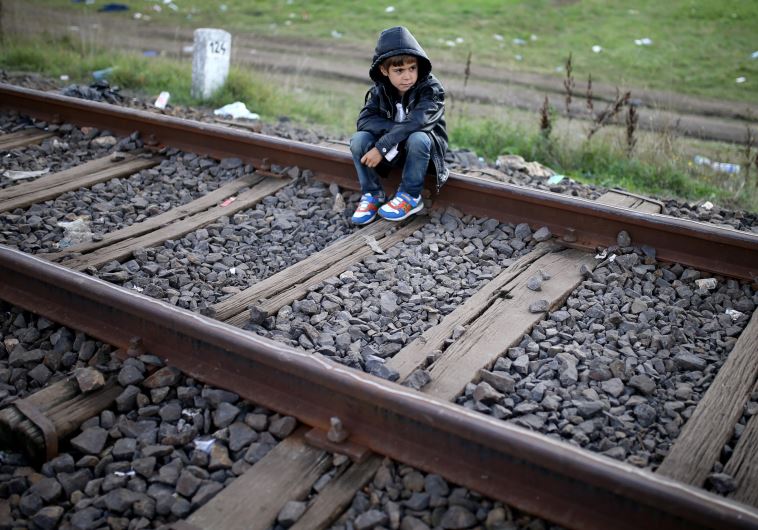Israelis to teach Serbs how to say ‘shalom’
The decision to teach Hebrew to Serbs may seem confusing at first glance due to the country’s Jewish demographics.
 A migrant boy rests on railways after crossing into the country from Serbia at the border near Roszke, Hungary
A migrant boy rests on railways after crossing into the country from Serbia at the border near Roszke, Hungary